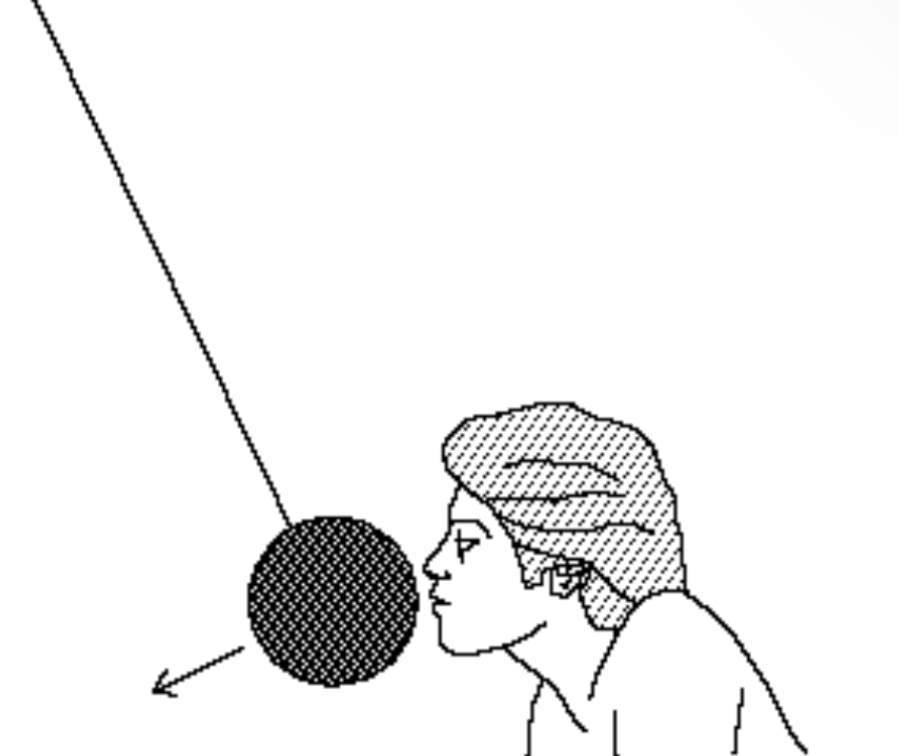The Weekly Reflektion 17/2024
In today’s society we value our freedom of speech. The right to say what we think and to express our views freely and withour prejudice. We also have a right to follow our beliefs and put our trust, faith, or confidence in (someone or something). Freedom of speech is however not absolute. Mostlegal systems generally set limits on the freedom of speech, particularly there is a conflict with other rights and protections, such as libel, slander, obscenity, fighting words, and intellectual property. Society also has norms that regulate what is acceptable and not acceptable.

Do you believe in the scientific method? Who’s science?
Richard Feynman was an American theoretical physicist, known for his work in quantum mechanics. He was also considered one of the most talented physicists working on the Los Almos project that developed the first nuclear bomb. At one of his lectures, Feynman attached a bowling ball to a 5-meter wire attached to the roof of the lecture theatre. Standingon a table he pulled the ball up until it was close to his face. He let the ball go and stood still as the ball swung first away from him and then back. The audience watched apprehensively as the ball missed his face by only a few inches. Feynman let the ball swing once more and on the second swing he caught the bowling ball and stated, ‘Either you believe in science, or you don’t!’
In the summer of 2021, people working at an animal supply store in Las Vegas put up a sign warning customers that they could not buy a certain medicine to de-worm horses unless they presented a photo of themselves with a horse. People were buying ‘ivermectin’ under the mistaken belief that it would protect them from COVID-19, in spite of federal warnings about side effects. People had read in articles and social media about ivermectin, and many believed the stories of its potency against COVID-19. Since COVID-19 had led tomajor restrictions in society, then there could be no doubt that COVID-19 was a serious threat.
A major challenge in the modern world is the visibility of the details in the science behind the advice that is given. The scientific method has five basic steps,
1. Make an observation.
2. Ask a question.
3. Form a hypothesis, or testable explanation.
4. Make a prediction based on the hypothesis.
5. Test the prediction.
The steps are then iterated until the prediction and the hypothesis hang together and become a logical basis for decisions and advice. In some cases, predictions are made using technical analyses that are known to be very reliable, in other cases there are nuances and uncertainties and even evidence that the prediction is sometimes wrong. These nuances and uncertainties are sometimes available in the public domain as well. The public often demands definite conclusions, and a mismatch arises between the way research information is communicated and the way most people take in information. Where the scientist is confident of his/her results because the experiments show only a few and minor deviations from the predictions, the public sees the deviations and don’t trust the research. When someone, and in particular someone in the public eye, is 100 % certain that, for exampleivermectin will prevent COVID-19, then that becomes a more credible narrative than the authorities who inform that ivermectin may cause diarrhoea, hypotension, and seizures.
